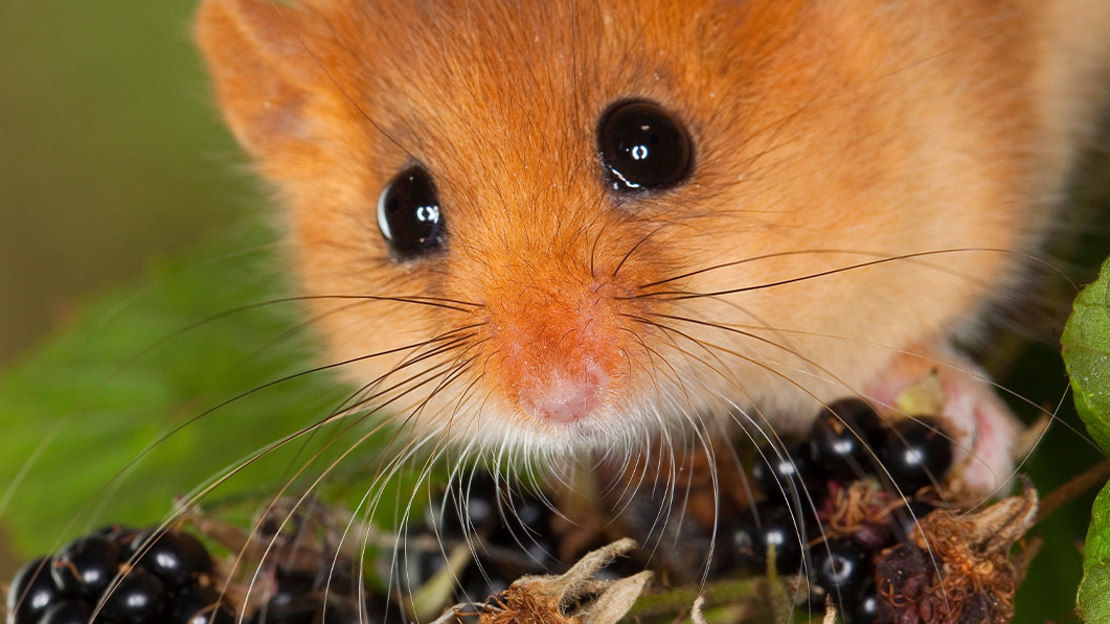Common name: barbastelle bat
Scientific name: Barbastella barbastellus
Family: Vespertilionidae
Habitat: deciduous woodland, wet meadows
Diet: moths, midges, beetles
Predators: birds of prey
Origin: native
Distinctive, rare, elusive. The barbastelle bat lives in deciduous woodland and looks unlike any other bat. If you’re lucky, you might spot it hunting in wet woodland.
Common name: barbastelle bat
Scientific name: Barbastella barbastellus
Family: Vespertilionidae
Habitat: deciduous woodland, wet meadows
Diet: moths, midges, beetles
Predators: birds of prey
Origin: native
This distinctive bat looks unlike any other. It has large ears that meet in the middle, a flattened face with a pug-like nose and dark silky fur with white tips. It measures 4-5cm in length and has a wingspan of around 26cm.

Credit: Eric Medard / naturepl.com
Barbastelle bats enjoy a diet of moths, midges and beetles, which they hunt at night using echolocation. They hunt in a variety of habitats, particularly over water, and have a quick and skilful flight.
Breeding for barbastelle bats takes place during early autumn, although pregnancy is delayed until the following spring when nursery roosts are formed. These usually consist of around 10-20 females. Typically, females give birth to one or two pups in July.
Barbastelle bats hibernate during the winter months, usually underground. They will hibernate in caves, tunnels, old buildings and holes in trees. During mild spells, they may head out and forage.

Credit: Simon Stirrup / Alamy Stock Photo
Barbastelle bats are found in deciduous woodland and areas with water, like woodland streams and ponds, in central and southern England and Wales.
As these bats are so rare, chances of spotting them are minimal. However, if you’re still keen to see if you can catch sight of one, head to woodland areas (particularly those with streams or wet meadows) at dusk and see if you’re lucky enough to spot a bat on the wing in search of food.
This bat’s Latin name, Barbastella, translates as ‘star beard’, referring to the white hairs which grow on their lips.
Barbastelle bats are incredibly rare. They are protected under the Wildlife and Countryside Act 1981, and are also listed as Near Threatened globally on the IUCN Red List. There are thought to be as few as 5,000 in the UK, but as they are so rare it is difficult to say whether they are increasing or decreasing in numbers. Potential threats include loss of woodland habitat and pesticide use leading to a reduction in their prey.

Woodland wildlife is fading before our eyes. Please support our appeal to save rare and threatened species.
Donate now